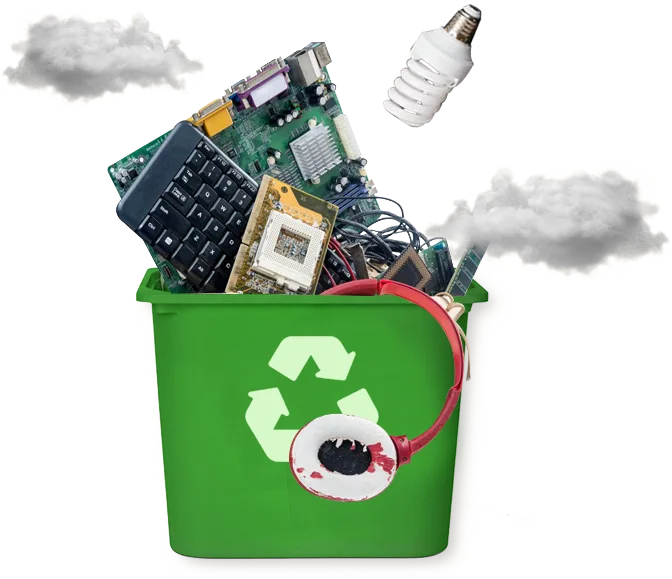Lead Waste
JS Pigments Pvt Ltd is An ISO 9001:2008, ISO 14001:2004 and OHSAS certified company with its Quality standard, Environment Friendly and Safety measures.




Lead is a bright and silvery metal with a very slight shade of blue in a dry atmosphere. Upon contact with air, it begins to tarnish by forming a complex mixture of compounds depending on the conditions. Lead has been used for thousands of years in many household, industrial and construction materials. Ecology regulates lead wastes above certain concentrations because it is very toxic to people and other living things. Lead is a common component in renovation and demolition debris from older buildings. It is most often found in lead pipes or copper pipes with lead solder. Lead pipe or solder can be found in all but the most recently constructed buildings. Lead pipe would probably designate as a dangerous waste and should not be disposed as regular garbage. Generally it should be removed before renovation or demolition, separated from the waste pile, and recycled as scrap metal.Lead is also found in auto parts, such as battery cables and wheel weights.
Health Effect:
Lead is a highly poisonous metal (regardless if inhaled or swallowed), affecting almost every organ and system in the body. The main target for lead toxicity is the nervous system, both in adults and children. Long-term exposure of adults can result in decreased performance in some tests that measure functions of the nervous system.[95] Long-term exposure to lead or its salts (especially soluble salts or the strong oxidant PbO2) can cause nephropathy, and colic-like abdominal pains. It may also cause weakness in fingers, wrists, or ankles. Lead exposure also causes small increases in blood pressure, particularly in middle-aged and older people and can cause anemia. Exposure to high lead levels can severely damage the brain and kidneys in adults or children and ultimately cause death.
